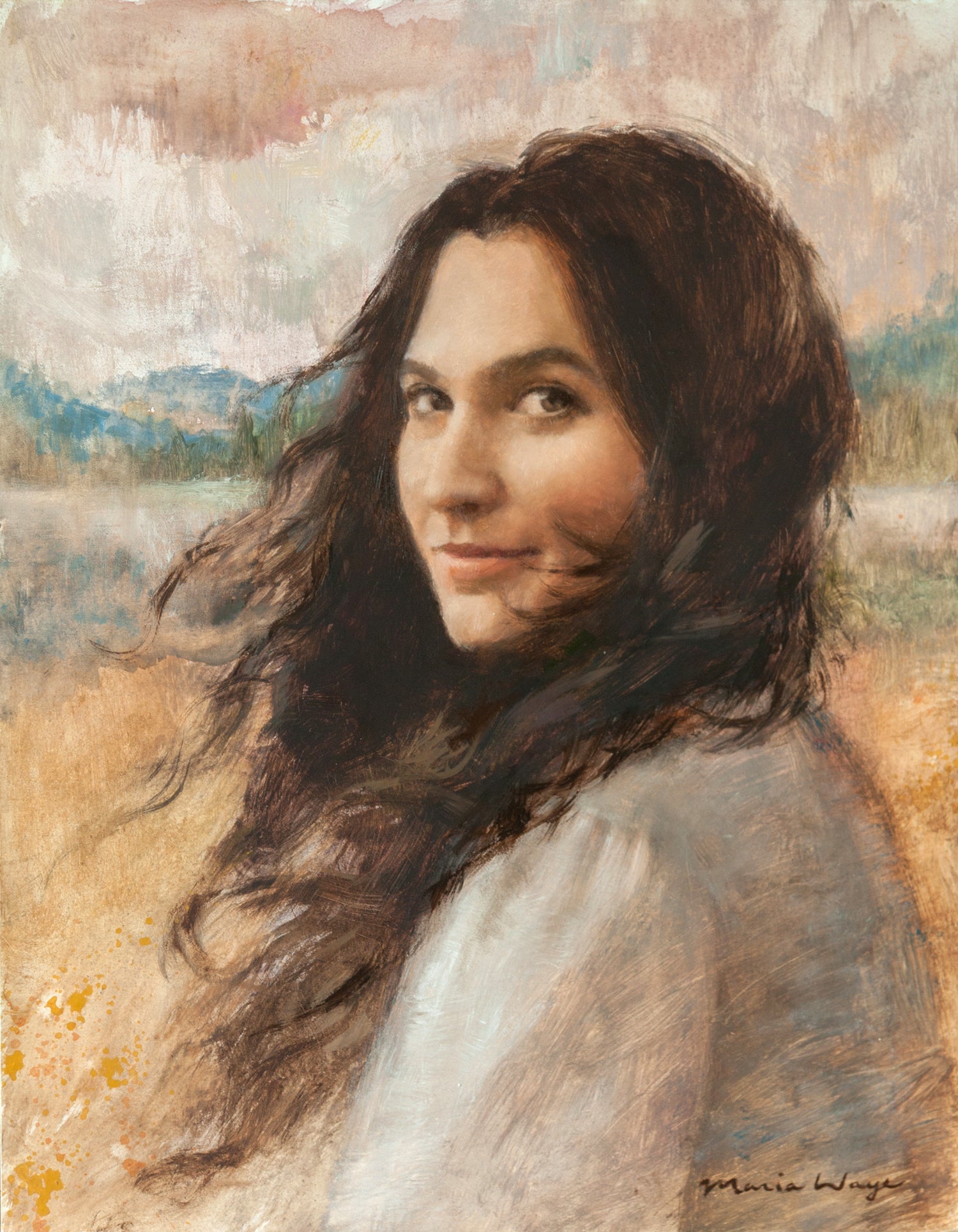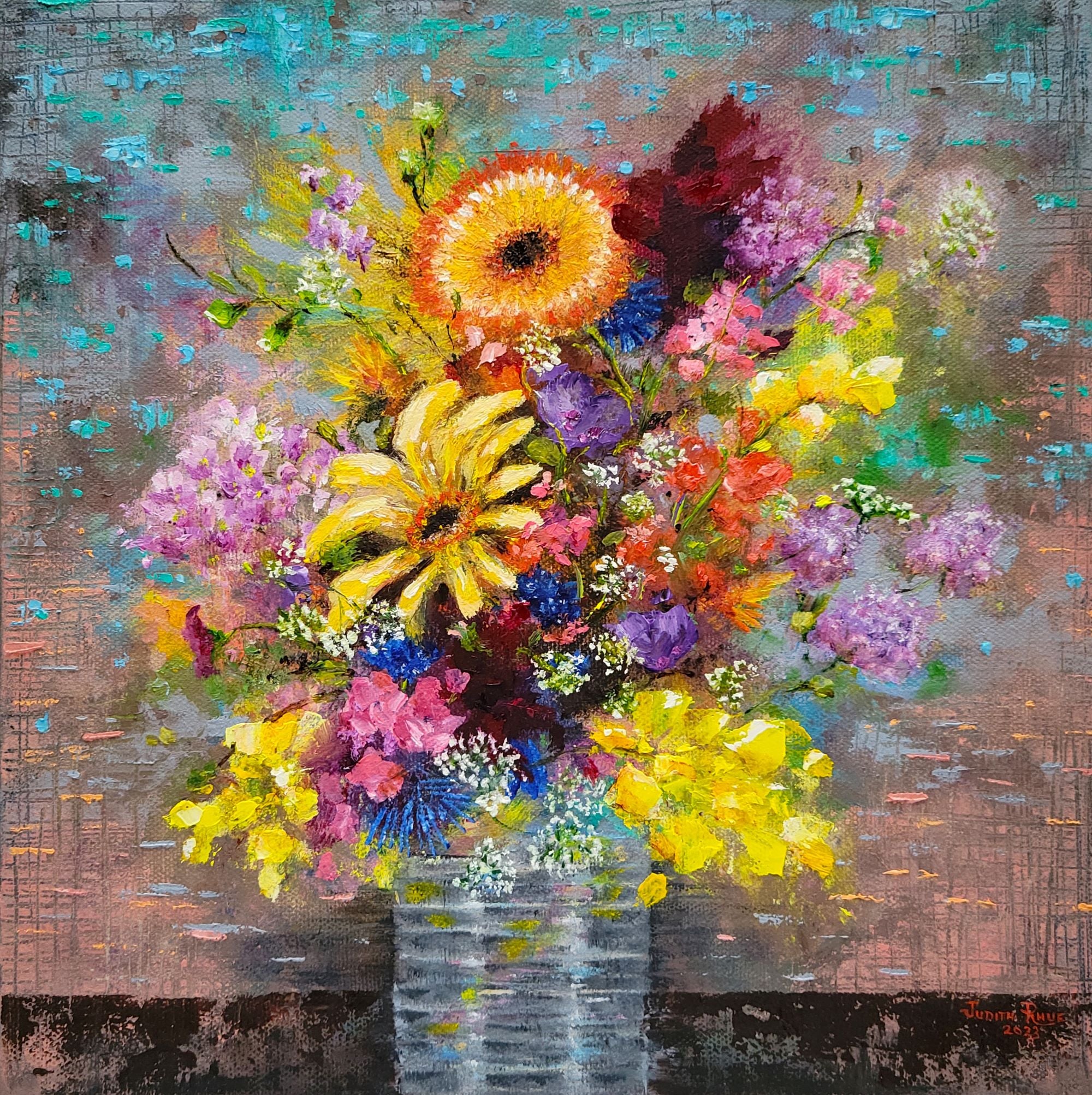Exploring Everything About Oil Paints: A Guide to Comprehending Their Beauty and Value
Oil paintings have actually astounded audiences for centuries, providing a glimpse into the imaginative proficiency of numerous eras. Their abundant background is intertwined with ingenious techniques and profound emotional expression. Recognizing the materials and approaches behind these artworks can improve appreciation. In addition, the market for oil paints offers possibilities for capitalists and collection agencies alike. As one discovers this remarkable world, the concern emerges: what makes an oil paint genuinely beneficial?
The Background of Oil Paint: A Trip With Time
Oil paint has roots that date back to ancient times, it really prospered throughout the Renaissance, when musicians found its convenience and rich color potential. Early examples can be mapped to the 7th century, with strategies advancing especially across cultures. The tool came to be prominent in Northern Europe in the 15th century, especially with the works of musicians like Jan van Eyck, who pioneered its use for in-depth realism and vibrant tones. This duration noted a departure from tempera paints, permitting for greater depth and texture. As oil paint spread, it influenced many musicians, leading to work of arts by distinguished figures such as Leonardo da Vinci and Rembrandt. The medium's heritage continues, shaping the art globe well into modern-day times.
Understanding Oil Repaints: Materials and Techniques
As artists explore the world of oil paints, they encounter a diverse variety of materials and methods that specify this tool. The key components of oil paint consist of pigments, which offer color, and drying oils, such as linseed, that bind the pigments and assist in application. Numerous ingredients can customize the paint's appearance and drying out time, boosting versatility. Techniques like glazing, where transparent layers are constructed up, and impasto, which involves using thick paint, enable various visual effects. Additionally, using brushes, palette knives, and even fingers can develop distinct appearances and finishes. Comprehending these techniques and products makes it possible for artists to completely express their creativity and achieve the preferred influence in their art work.
The Function of Shade in Oil Paints
Color plays a pivotal function in oil paintings, influencing both visual allure and psychological vibration. Recognizing color concept essentials, consisting of the relationships between tones, can enhance an artist's capability to communicate state of mind and ambience. Additionally, grasping color mixing methods enables higher depth and splendor in a paint's combination.

Shade Concept Essential
Understanding color concept is important for musicians collaborating with oil paints, as it forms the foundation for developing aesthetically interesting and unified make-ups. Shade concept encompasses the study of how colors connect, the shade wheel, and the partnerships between key, secondary, and tertiary colors. Artists utilize complementary shades to improve contrasts and produce centerpieces, while analogous colors promote unity and cohesiveness within a piece. In addition, the ideas of awesome and warm colors influence the perception of deepness and room in a paint. Grasping these concepts permits artists to manipulate color successfully, leading the audience's eye and communicating their designated message. Proficiency of shade theory eventually enhances a musician's capability to communicate emotions and concepts via their job.
Emotional Influence of Shade
The emotional influence of color in oil paintings plays a crucial duty in exactly how viewers view and connect with art work. Shades stimulate details sensations and state of minds, influencing the viewer's emotional state. Cozy colors like reds and oranges can produce a sense of heat and energy, while amazing tones such as blues and greens frequently stimulate calmness or self-contemplation. Artists tactically pick color schemes to boost narrative components, guiding the audience's psychological trip. The saturation and contrast of colors even more magnify these effects, drawing focus and creating emphasis. Inevitably, the interplay of shades in oil paintings not only improves their aesthetic appeal but likewise offers as a powerful medium for psychological expression, improving the visitor's experience and analysis.
Shade Mixing Techniques
While lots of aspects of oil painting contribute to the overall make-up, understanding shade blending methods is necessary for attaining preferred impacts and deepness. Color mixing can be approached via different methods, including the additive and subtractive processes. Additive blending entails integrating colors of light, while subtractive blending counts on pigments, where colors blend to produce brand-new tones. Artists frequently use a restricted scheme to develop unified jobs, understanding the connections in between main, secondary, and tertiary colors. Techniques such as glazing and scumbling better enhance deepness and brightness. By skillfully blending colors, an artist can evoke emotions, produce prime focus, and achieve a feeling of realistic look, inevitably raising the painting's emotional and aesthetic effect.
Famous Oil Painters and Their Iconic Works

Well known for their mastery of color and strategy, oil painters have produced a few of the most renowned artworks in background. Popular artists like Vincent van Gogh astounded target markets with his emotive brushwork in "Starry Evening," while Claude Monet's "Impression, Sunrise" laid the groundwork for Impressionism. Leonardo da Vinci's "Mona Lisa" remains an enduring symbol of creative brilliant, showcasing his skill in recording human expression. Rembrandt's "The Evening Watch" highlights his cutting-edge use of light and darkness. Other significant numbers include Pablo Picasso, who changed contemporary art with his strong testing in works like "Les Demoiselles d'Avignon," and Georgia O'Keeffe, whose vibrant depictions of flowers and landscapes helped specify American innovation. Each artist's distinct design added significantly to the oil painting landscape.
Just how to Review the Quality of an Oil Paint
Evaluating the high quality of an oil paint involves a careful assessment of workmanship methods, as well as an analysis of color and make-up. Observing brushwork, layering, and the application of paint can disclose the musician's skill level. Furthermore, the interplay of shades and the total plan of aspects contribute considerably to the paint's aesthetic value.
Evaluating Craftsmanship Methods
A careful evaluation of workmanship methods is necessary for determining the quality of an oil painting. Evaluators should initially analyze the application of paint; thick, distinctive brushstrokes might recommend a proficient hand, while extremely consistent applications could show a lack of depth. oil paintings for sale. The layering method is likewise important; the presence of lusters and varied density can improve luminosity and complexity. Additionally, the quality of the products used, such as the canvas and pigments, plays a considerable duty in toughness and general aesthetic. Interest to information in elements like sides and changes in between colors reflects the musician's commitment to their craft. Ultimately, these methods add to the paint's emotional effect and market value, acting as indicators of the musician's ability and intent
Examining Shade and Composition
While assessing the high quality of an oil painting, one have to concentrate on the interaction of shade and composition, as these elements are essential to the artwork's overall effect. Color choices can establish and stimulate feelings mood; as a result, the musician's combination should be analyzed for consistency and contrast. A healthy structure guides the visitor's eye and develops a feeling of unity. Musicians often utilize strategies like the rule of thirds or leading lines to improve aesthetic rate of interest. Furthermore, using light and darkness can add deepness, enhancing the three-dimensionality of the painting. Inevitably, a successful oil painting weds shade and composition, involving the visitor and inviting a much deeper appreciation of the musician's vision and method.
Caring for and Preserving Oil Paintings
Appropriate treatment and preservation of oil paintings is necessary for maintaining their integrity and durability. To secure these artworks, it is crucial to display them away from direct sunlight, which can trigger fading and staining. Maintaining a stable setting with regulated temperature level and humidity more aids in preventing damages. Cleansing ought to be done carefully utilizing a soft, dry towel, staying clear of any kind of rough chemicals that could hurt the paint or varnish. Normal examinations for signs of deterioration, such as fracturing or flaking, are advisable. When transferring or storing oil paintings, appropriate extra padding and framing are necessary to avoid physical damage. Inevitably, thorough treatment adds to the visual allure and value of oil paints over time.
The Market for Oil Paints: Collecting and Investing
Understanding the market dynamics for oil paintings is necessary for investors and collectors alike. The value of these artworks is influenced by various elements, including the artist's track record, historic relevance, and existing trends. Enthusiasts commonly seek items that reverberate directly while taking into consideration potential admiration in value. Public auctions and galleries offer as key places for trading, with costs fluctuating based on need and rarity. Buying oil paints requires study right into the market, in addition to an understanding of credibility and provenance. In addition, emerging musicians might supply possibilities for considerable returns, while developed names can regulate high costs. On the whole, a critical approach to collecting can generate both aesthetic enjoyment and monetary incentives.

Frequently Asked Questions
What Are the Environmental Impacts of Oil Paint Products?
The ecological influences of oil painting products consist of the launch of volatile organic compounds (VOCs), harmful waste generation, and resource removal for pigments. These variables add to contamination and ecological deterioration, raising problems amongst environmentally aware musicians and customers.
How Do Various Canvases Affect Oil Paint Results?
Various canvases influence oil painting results significantly. Surface area, absorbency, and structure high quality can alter paint application, drying times, and shade vibrancy. Artists typically pick particular canvases to accomplish preferred effects and improve their creative expression.
Can Oil Paintings Be Brought Back if Harmed?
Oil paintings can certainly be brought back if damaged. Expert conservators utilize different methods to fix tears, clean surface areas, and address staining, making certain that the art work preserves its original charm and value for future generations.
What Are the Signs of an Original Oil Painting?
The indications of an initial oil paint include visible brush strokes, appearance variants, and an irregular canvas weave (oil paintings for sale). Furthermore, credibility might be verified through provenance, signatures, and the visibility of a varnish layer one-of-a-kind to oil tools
How Has Modern Technology Influenced Modern Oil Paint Techniques?
Innovation has significantly affected modern-day oil paint strategies by presenting electronic tools for planning, improved products for structure and longevity, and on the internet platforms for selling and sharing art, thereby increasing musicians' creative opportunities and audience get to. Oil painting has roots that date back to old times, it truly flourished throughout the Renaissance, when artists found its versatility and rich color potential. The psychological influence of shade in oil paints plays an important role in just how visitors regard and link with artwork. While many elements of oil paint contribute to the general composition, mastering color mixing techniques is vital for accomplishing desired effects and deepness. Examining the quality of an oil paint involves a mindful evaluation of craftsmanship strategies, as well as an evaluation of color and make-up. While assessing the quality of an oil paint, one should focus on the interaction of color and composition, as these elements are fundamental to website the artwork's overall influence.